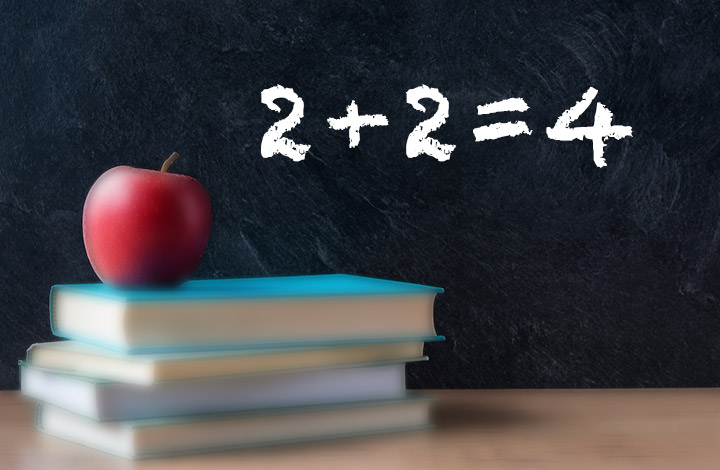Common problems for children’s vision include vision loss, lazy eye, crossed eyes, astigmatism, nearsightedness and farsightedness.
Almost 3 percent of children have vision loss. Vision loss is the absence of vision, or a loss of vision that can’t be corrected with glasses or contact lenses.
Amblyopia also called “lazy eye,” is the most common cause of vision loss in children, and impacts 2 percent of children under the age of five. Amblyopia commonly starts when one eye has better focus than the other. Over time the connections between the weaker eye and brain do not work as well. This results in decreased vision in an eye that otherwise appears normal.
Up to 4 percent of young children are affected by strabismus. Strabismus, also called “cross eyes,” is any misalignment of the eyes, and can be a cause of amblyopia.
Refractive Errors are the most common vision problems in children. There are three types:

Astigmatism affects up to 28 percent of children over 5 years of age, more so in children of color. Astigmatism occurs because of an irregularity in the shape of the cornea or lens of the eye and causes blurry vision at all distances. Children with myopia or hyperopia are more likely to have astigmatism.



